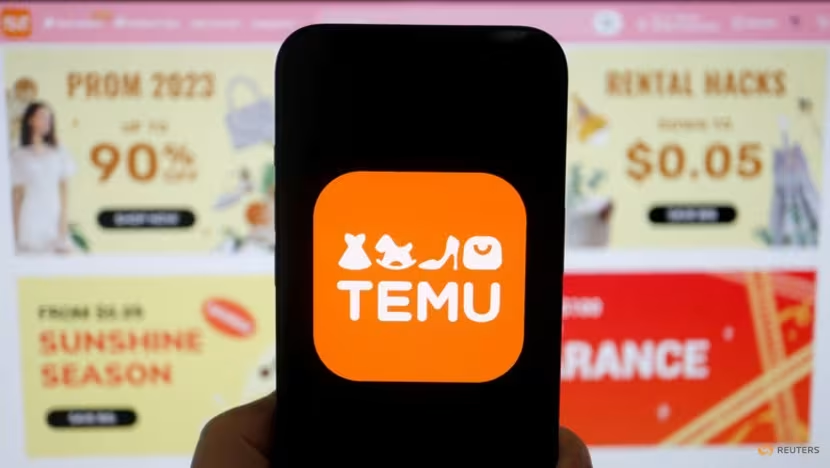Remember Shopee’s cringe-worthy advertising campaign featuring C Ronaldo dancing to Baby Shark tune last year? Well, love it or hate it, it is hard to forget it.
It seems that in order to dominate ecommerce in Southeast Asia, Shopee has an unlimited marketing budget. This month, it had engaged more than 30 Kpop artists for its Shopee Live Kpop Fest.
Kpop, or Korean popular music, is very popular with young people in Indonesia. And Shopee is not the first to use Kpop stars in their campaigns. Its competitor Tokopedia had appointed famous Korean boy band BTS as brand ambassador since last year:

However, in contrast to Shopee’s successful Ronaldo campaign, the Tokopedia initiative does not seem to have gained much traction – in fourth quarter 2019 when Tokopedia announced BTS as their new ambassador and in first quarter 2020 it had ranked 2nd in user traffic, and we could not find any significant change.
Product mismatch
You might ask why. Well, the reason could be very simple. For Shopee, fashion and beauty are the most popular product categories. On the other hand, Tokopedia is more established in mobile and electronics.
Because of this, Tokopedia users are mainly men and the ecommerce platform has been trying to get more women coming into their site. This inevitably plays a part in the choosing of a brand ambassador – getting BTS as their brand ambassador to get more of their majority female fanbase to Tokopedia.
However, these are not all the ingredients you need to succeed – product match is also important. Female shoppers are not going to be attracted to the platform where the variety and quality of products in beauty and fashion categories are not really attractive. This explains why many of the female Indonesians are going to Shopee instead.
For mobile and electronics, you probably only buy them once or twice a year. For fashion and beauty, it’s a different story. You can buy it every other month and even if you do not buy, you browse a lot – sending traffic to the platform.
Impulse buying is also common for these categories, which is just nice for an ecosystem of shoppers, products as well as influencers.
While Tokopedia had not gained much traction with BTS as their brand ambassador, Shopee had Didi Kempot dressed up in BTS costume – and gained almost free marketing exposure as many media outlets ended up talking about it, and it went viral fast.

On YouTube, Tokopedia’s collaboration with BTS only garnered 593k views, while Shopee’s Didi Kempot had 5.2 million views.
Tokopedia could be getting its target audience all wrong – they are probably closer to the average Indonesian favouring local celebrities like Didi Kempot instead of the Korean boy band.
Branding, but discounts too
Furthermore, Shopee is also aggressive with its massive discounts and promotions as compared to Tokopedia. The target audience’s demographics might play a role – people are more attracted to promotions, period. Seems like Tokopedia is having a mismatch in terms of the general target audience.
With Shopee being a late entrant as compared to Tokopedia, it will probably continue to invest heavily in its marketing and Tokopedia would have to catch up with its new tactics and promotion strategies to appeal to the correct audience.
In real business competition in attracting consumers in an emerging market, you need to be flexible, ground-up instead of academic, top down.
—
Thanks for reading The Low Down (TLD), the blog by the team at Momentum Works. Got a different perspective or have a burning opinion to share? Let us know at [email protected].










![[Press Release] Southeast Asia’s food delivery spend reached US$17.1B with Vietnam achieving the highest growth](https://i0.wp.com/thelowdown.momentum.asia/wp-content/uploads/2024/01/Food-delivery-platforms-in-Southeast-Asia-2024-_MW_Jan-2024-2.jpg?resize=218%2C150&ssl=1)


![[New Report] Food delivery platforms in Southeast Asia (SEA) 4.0](https://i0.wp.com/thelowdown.momentum.asia/wp-content/uploads/2024/01/Food-delivery-platforms-in-Southeast-Asia-2024-_MW_Jan-2024-2.jpg?resize=100%2C70&ssl=1)
![[New report] Southeast Asia spends US$3.4 billion on modern coffee in 2023](https://i0.wp.com/thelowdown.momentum.asia/wp-content/uploads/2023/11/Coffee-in-Southeast-Asia_MW_Nov-2023-1.png?resize=100%2C70&ssl=1)
![[New report] Apples to Apples 3.0: Benchmarking major tech platforms – what’s next after achieving profitability?](https://i0.wp.com/thelowdown.momentum.asia/wp-content/uploads/2023/09/Apples-to-Apples-3.0_benchmarking-major-tech-platforms_whats-next-after-profitability_MW_Sept-2023-7.jpg?resize=100%2C70&ssl=1)






